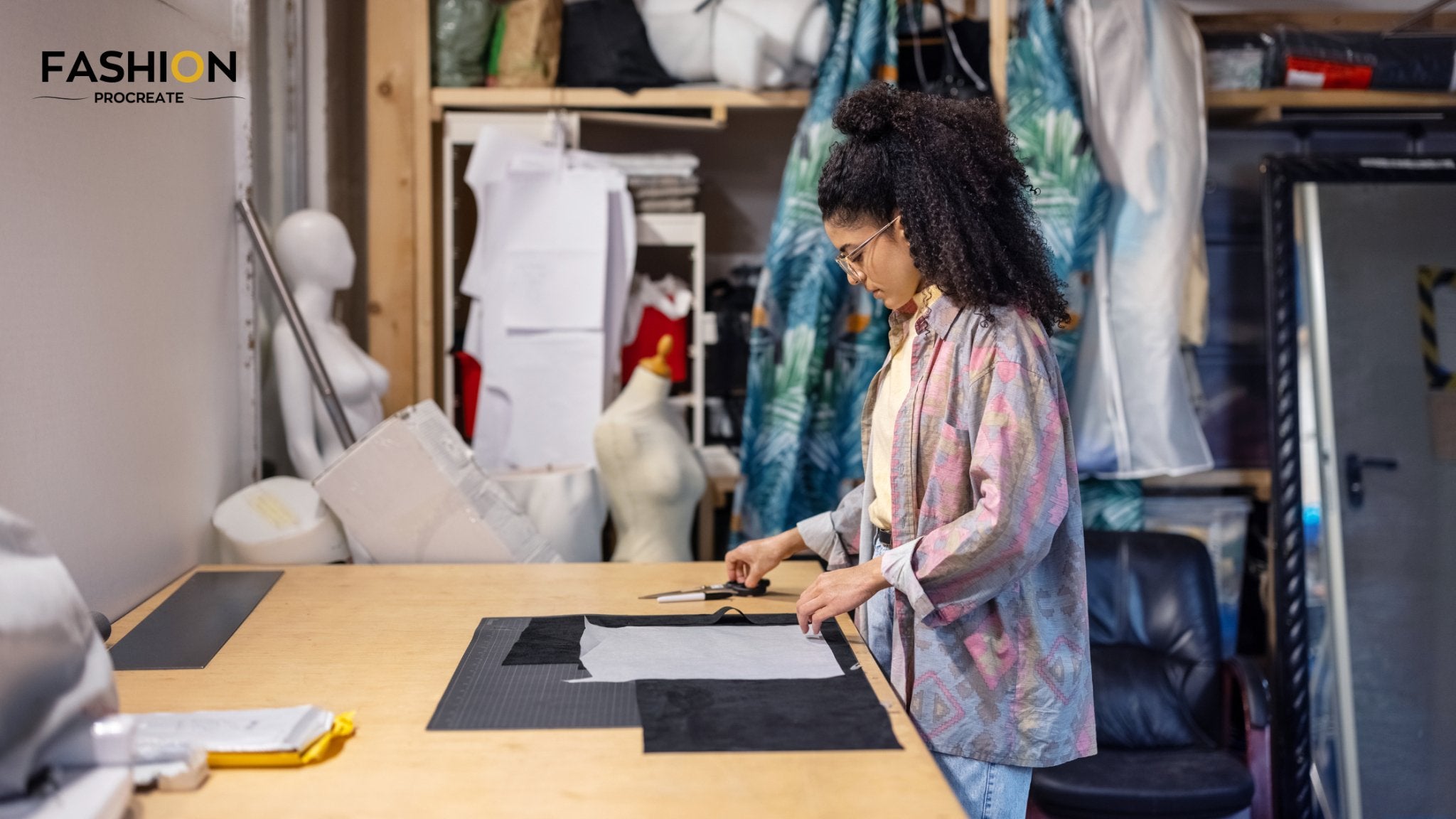1. What are the essential digital tools for fashion designers?
Fashion designers can benefit from various digital tools, including graphic design software like Adobe Illustrator and Procreate, 3D modeling software like Marvelous Designer, and CAD software for pattern making and garment construction. Discover which tools best suit your needs and elevate your design process.
2. How do I choose the right software for my fashion design projects?
Selecting the right software is crucial for seamless integration into your workflow. Consider factors such as design requirements, budget, and user-friendliness. Explore user reviews and tutorials to make an informed decision and optimize your creative process.
3. Can digital tools enhance my creativity as a fashion designer?
Absolutely! Digital tools offer a vast array of features and functionalities to inspire creativity and experimentation. From customizable brushes to advanced layering techniques, these tools empower designers to push the boundaries of their creativity and bring their vision to life.
4. What resources are available to help me learn how to use digital tools effectively?
Numerous online resources, including tutorials, courses, and communities, can help you master digital tools effectively. Take advantage of official documentation and support from software companies, as well as engaging with fellow designers to share insights and best practices.
5. How can digital tools streamline my fashion design process?
Digital tools streamline the design process by facilitating faster iteration, easier collaboration, and seamless integration with other software. Features such as undo/redo functionality, real-time collaboration tools, and compatibility with industry-standard file formats optimize efficiency and productivity.
6. Are there any drawbacks to using digital tools in fashion design?
While digital tools offer numerous benefits, it's essential to be aware of potential drawbacks, such as a learning curve and software compatibility issues. Additionally, some designers may prefer the tactile experience of traditional materials, but embracing digital tools can open new opportunities for creativity and innovation.
Conclusion: Navigating the world of digital tools as a fashion designer is a journey filled with opportunities for creativity and growth. By leveraging the insights and resources provided in this guide, you can optimize your workflow, enhance your skills, and achieve greater success in the digital age of fashion design.





Leave a comment
This site is protected by hCaptcha and the hCaptcha Privacy Policy and Terms of Service apply.